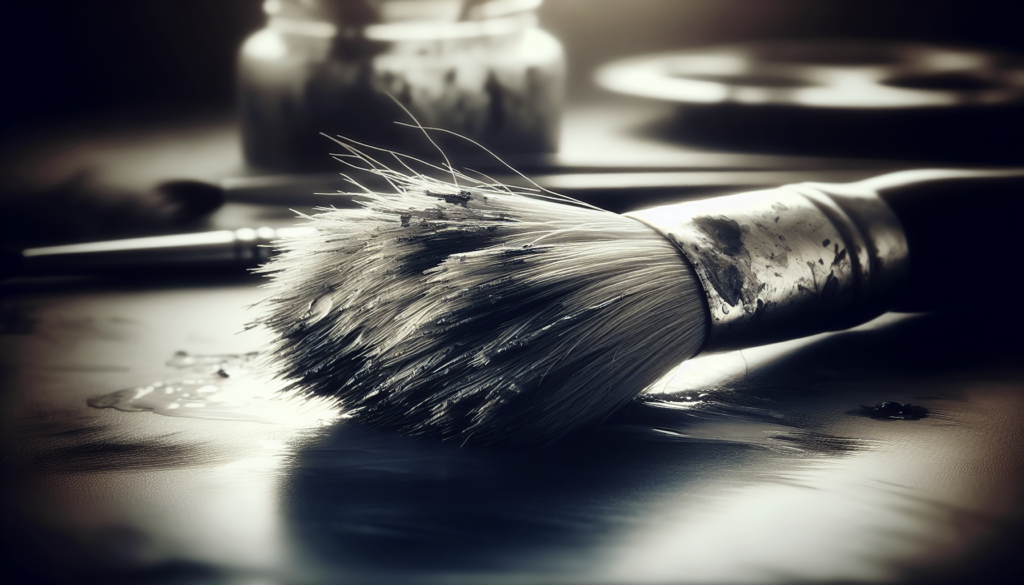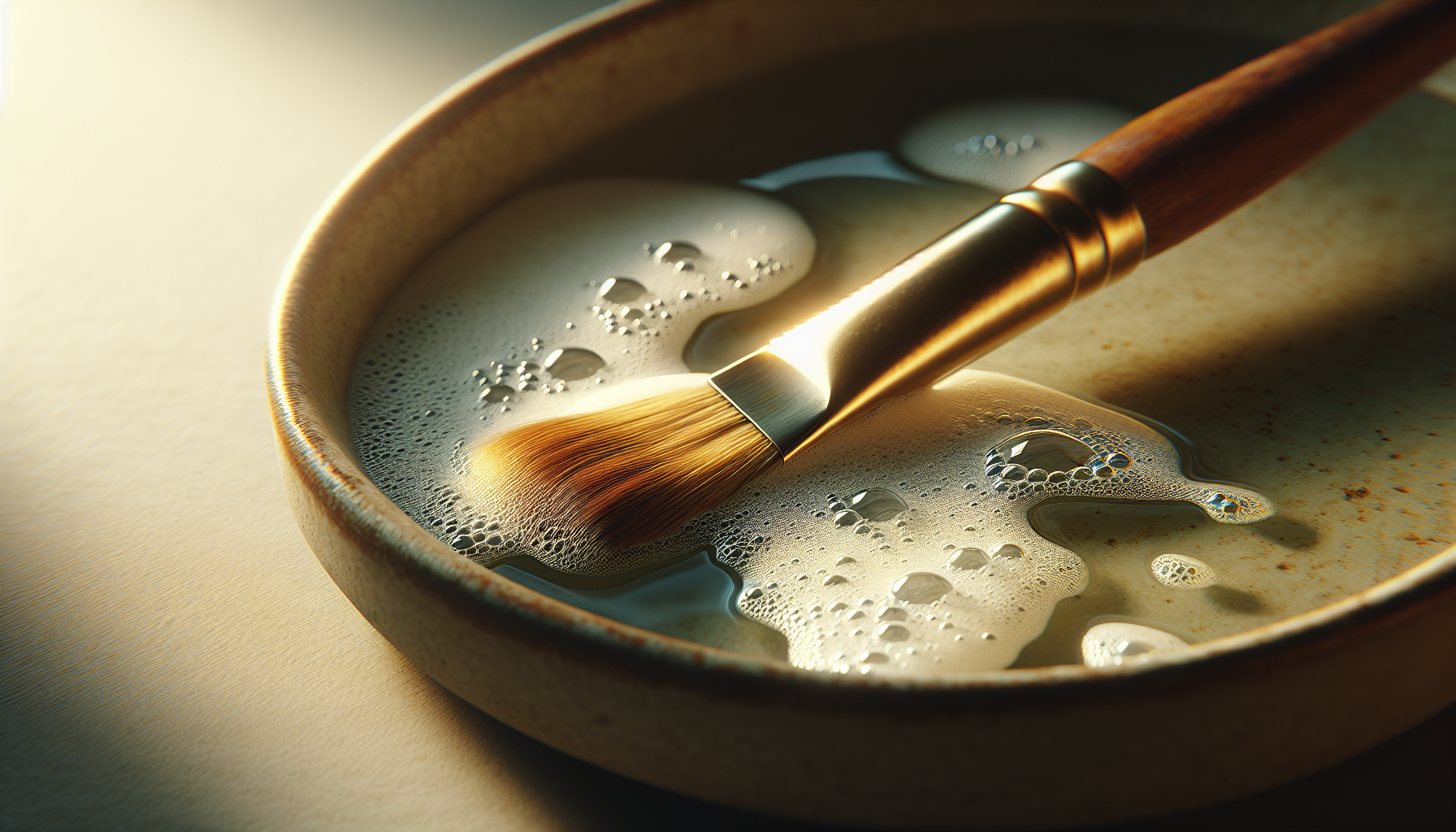Are you frustrated with the streaks your paint brush leaves behind on what should be a smooth, clean surface? Such streaks can be unsightly and diminish the aesthetic appeal of your work, whether it be walls, furniture, or artistic endeavors. Understanding why these streaks occur and how to prevent or correct them can transform your painting experience.
Understanding Why Paint Brushes Leave Streaks
The appearance of streaks on a painted surface can be attributed to several factors, whether related to technique, tools, or the environment. Recognizing these factors is crucial to achieving a professional finish on your projects.
Quality of the Paint Brush
The quality of your paint brush can have a significant impact on the final result. Brushes with uneven, coarse bristles can create streaks as they struggle to lay paint down smoothly and evenly.
Types of Bristles and Their Impact
| Type of Bristles | Characteristics | Impact on Finish |
|---|---|---|
| Natural Bristles | Softer, more flexible | Provides a smoother finish, less streaking |
| Synthetic Bristles | Stiffer, more controllable | Can leave more streaks if not used properly |
Paint Consistency
The consistency of the paint you use is often overlooked, yet it is crucial. Paint that is too thick can be difficult to spread evenly, while overly thin paint may not cover adequately, both resulting in streaks.
Application Techniques
The way you apply paint can dramatically affect whether or not streaks appear. Using too much pressure, incorrect angles, or inadequate strokes can each contribute to an uneven finish.
Common Application Mistakes
- Applying excessive pressure, which creates visible brush lines.
- Using erratic stroke patterns that fail to blend properly.
- Ignoring proper drying times between coats, leading to uneven layering.
Best Practices to Achieve a Streak-Free Finish
Having learned the potential causes for streaks, let’s discuss how to mitigate these issues. Combining the right tools, techniques, and preparations allows for a smoother finish.
Selecting the Right Tools
Choosing the appropriate brush for your task can dictate your painting success. A high-quality brush may be more expensive, but it will provide better results with fewer streaks.
Selecting Brushes Based on Paint Types
- Latex Paints: Opt for synthetic bristle brushes which handle water-based paints better.
- Oil-Based Paints: Go with natural bristle brushes that smoothly spread the typically thicker oil paints.
Optimizing Paint Consistency
To achieve optimal consistency, consider the type of surface you are painting and the desired finish. Paint thinning or thickening may be required, especially if you are working in an environment with extreme moisture or temperature variations.
Thinning and Thickening Paint Techniques
- Thinning Paint: Gradually mix water (for water-based paints) or solvent (for oil-based paints) to find the right consistency.
- Using Additives: Consider using paint conditioners that can improve flow without compromising coverage.
Mastering the Right Painting Technique
Refining your painting technique can significantly reduce streaks. The right blend of pressure, angle, and strokes makes a stark difference in the quality of your finish.
Technique Tips
- Pressure and Angle: Apply even pressure and maintain a consistent angle throughout each stroke.
- Stroke Patterns: Use long, even strokes, often from one edge to another, to ensure uniform coverage.
- Layer Management: Allow sufficient drying time between coats to prevent underlying paint from lifting, which can cause streaks.

Preparing Surfaces to Reduce Streaks
Prepared surfaces are crucial because imperfections can exacerbate streakiness. Proper preparation will ensure the paint adheres smoothly and evenly.
Cleaning and Priming
Surfaces must be clean and primed before applying paint to ensure better adhesion and a smoother appearance.
Steps for Effective Surface Preparation
- Cleaning: Remove all dirt, grease, and dust to prevent interference with paint bonding.
- Sanding: Lightly sand surfaces to remove previous paint lines and imperfections.
- Priming: Use a high-quality primer suited to your paint type to improve adhesion and coverage.
Temperature and Humidity Considerations
Paint application is sensitive to environmental conditions, especially temperature and humidity. Unfavorable conditions can lead to poor paint flow and streaks.
Optimal Conditions for Painting
- Temperature: Ideally between 50°F to 85°F (10°C to 29°C) for optimal paint performance.
- Humidity: Aim for conditions below 75% humidity levels to allow paint to dry at a proper rate, reducing the chance of streaks.
Troubleshooting Streaky Surfaces
In instances where streaks appear despite best efforts, certain corrective measures can remedy the issue without the need to start entirely from scratch.
Identifying the Source of the Issue
Before any corrective action, assess the source to address the root cause. This step involves reviewing your tools, technique, and environmental conditions.
Techniques for Corrective Measures
With a diagnosis complete, now apply corrective strategies to eliminate lingering streaks.
Corrective Techniques
- Buffing and Sanding: Lightly sand affected areas to even out streaks, followed by a soft buff to restore a smooth surface.
- Repainting: Apply an additional coat, using improved techniques, ensuring proper paint consistency and application technique.
- Finish with a Sealant: Consider using a clear sealant to protect the newly smoothed surface while adding extra sheen.

Conclusion
Painting can be an enjoyable and rewarding activity, but streaks often stand in the way of a perfect finish. By understanding why these streaks occur and implementing the above methods and techniques, you can significantly reduce or even eliminate streaks. Whether your project involves walls, furniture, or art, achieving a smooth, uniform finish requires thoughtful selection of tools, proper paint preparation, and refined application techniques. Embracing these insights transforms the painting process, ensuring your finished product not only fulfills your vision but also stands the test of time.



